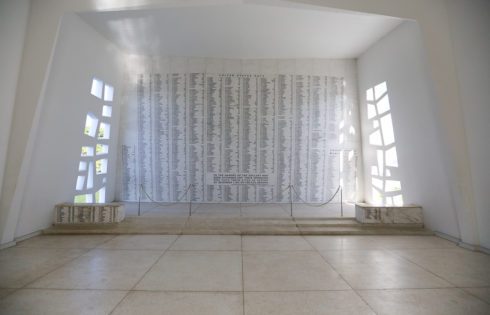
USS Arizona Memorial: What to Expect from Your Visit to Pearl Harbor
1,177. That’s the number of lives lost on the USS Arizona on the day that would forever live in infamy. Today, the USS Arizona Memorial pays tribute to these lives

1,177. That’s the number of lives lost on the USS Arizona on the day that would forever live in infamy. Today, the USS Arizona Memorial pays tribute to these lives
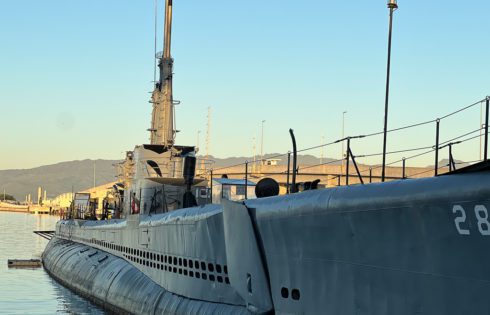
One of the must-see attractions when visiting Pearl Harbor in Hawaii is the USS Bowfin submarine. It’s one of the only places where you can actually go inside the tight
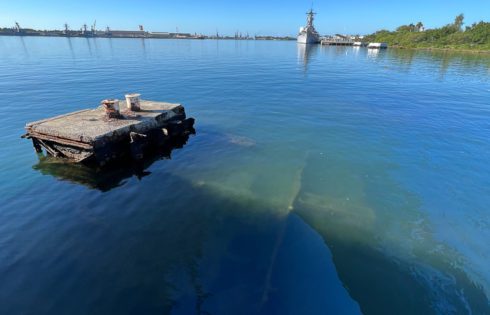
Visiting the USS Arizona Memorial is one of the most moving experiences you’ll ever have as a traveler. It’s a beautiful memorial but one of the things that sticks out
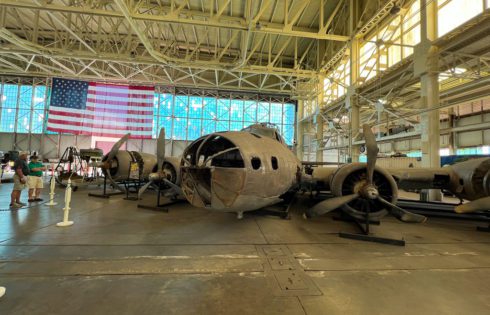
When Pearl Harbor was attacked almost all of the damage came from the air and perhaps the best place to get a sense of what those enemy attackers looked like
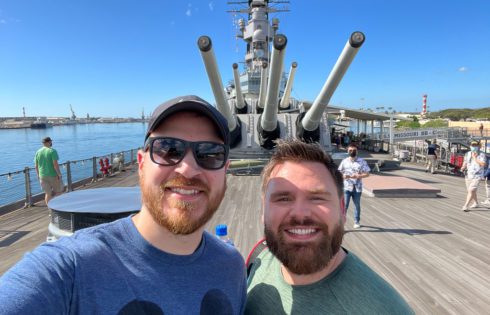
Pearl Harbor in Hawaii is full of interesting and historical sites to see and one of those sites is the USS Missouri aka the Mighty Mo. It’s one of the
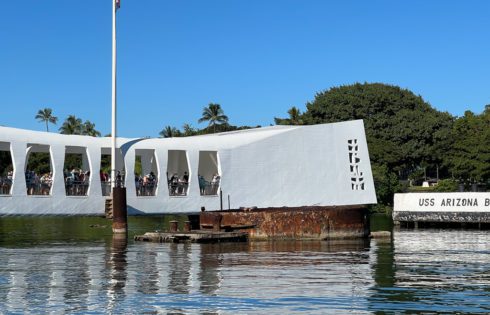
Pearl Harbor is one of the most visited sites in all of Hawaii. But there’s a lot to see here and it can be a little bit confusing as to
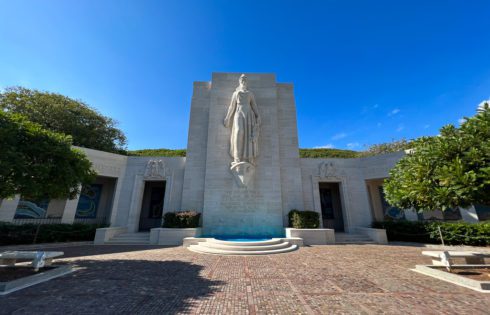
The National Memorial Cemetery of the Pacific (aka the Punchbowl Cemetery) is one of the most popular attractions in Oahu, Hawaii. You can check out the beautiful scenery while paying
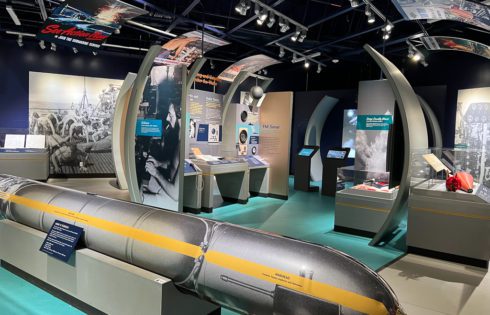
The Pacific Fleet Submarine Museum is one of the main attractions at Pearl Harbor in Hawaii that will give you insight into the role that the “silent service” of submarines
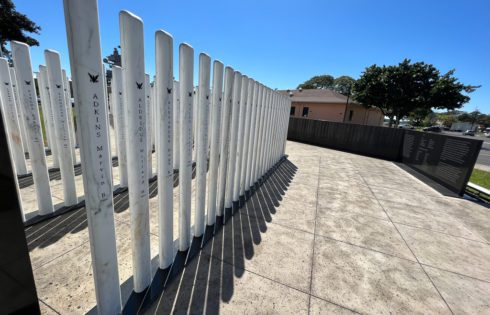
There’s a lot to take in and reflect on when at Pearl Harbor in Oahu, Hawaii. There’s the USS Arizona Memorial (one of the most visited sites), the USS Missouri,
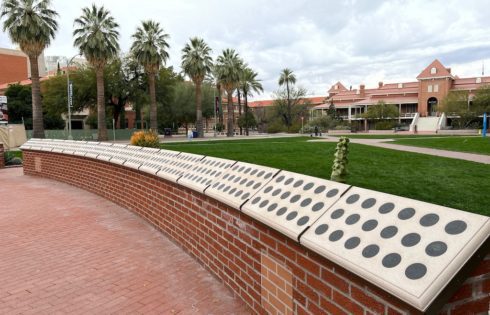
The attack on Pearl Harbor was one of the most tragic events in American history. Out of all of the ships that were bombed by surprise that day in 1941,
| Cookie | Duration | Description |
|---|---|---|
| cookielawinfo-checkbox-analytics | 11 months | This cookie is set by GDPR Cookie Consent plugin. The cookie is used to store the user consent for the cookies in the category "Analytics". |
| cookielawinfo-checkbox-functional | 11 months | The cookie is set by GDPR cookie consent to record the user consent for the cookies in the category "Functional". |
| cookielawinfo-checkbox-necessary | 11 months | This cookie is set by GDPR Cookie Consent plugin. The cookies is used to store the user consent for the cookies in the category "Necessary". |
| cookielawinfo-checkbox-others | 11 months | This cookie is set by GDPR Cookie Consent plugin. The cookie is used to store the user consent for the cookies in the category "Other. |
| cookielawinfo-checkbox-performance | 11 months | This cookie is set by GDPR Cookie Consent plugin. The cookie is used to store the user consent for the cookies in the category "Performance". |
| viewed_cookie_policy | 11 months | The cookie is set by the GDPR Cookie Consent plugin and is used to store whether or not user has consented to the use of cookies. It does not store any personal data. |
